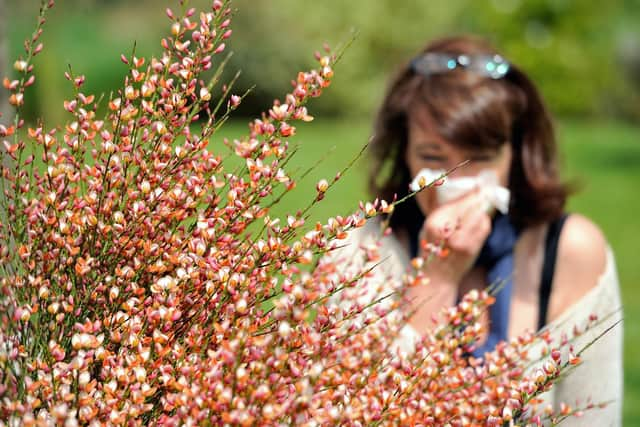Experts reveal UK’s top hay fever hotspots as ‘pollen bomb’ expected this weekend - common hay fever symptoms
and live on Freeview channel 276
Hay fever sufferers have been warned by the Met Office that a ‘pollen bomb’ is expected to cause issues to those with pollen allergies this weekend. The warning comes as the weather looks to be heating up with temperatures predicted to be high as 16 degrees in some places.
The Met Office forecast predicts pollen levels to be at their highest on April 16 and most of England has been issued with a ‘very high’ red alert. The NHS website states hay fever is usually worse between late March and September, especially when it’s warm, humid and windy.
Advertisement
Hide AdAdvertisement
Hide AdAccording to the Met Office the high levels this week are coming from tree pollen including birch, hornbeam, willow and ash. As well as fungal spores Aspergillus Penicillium and Pleospora which are in peak season.
New research released by Online.Casino has revealed the UK’s pollen hotspots for spring and tips for minimising pollen exposure. The research conducted by the experts at Online.Casino analysed a study from Worcester University to reveal the average pollen catch across British regions. These figures are based on the average pollen count across spring for spring seasoned pollen.
The data reveals that the south east is the worst for hay fever sufferers, with a total pollen integral of 14,131 across the 92-day spring period (March-June) and an average daily pollen count of 153.60. The second highest region is East Midlands, with a total pollen integral of 12,026 and an average daily pollen count of 130.72.

